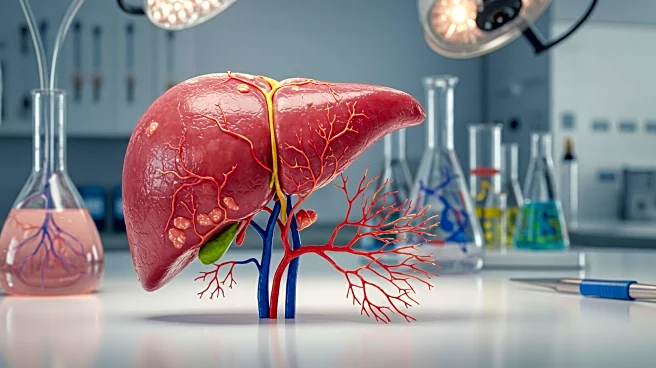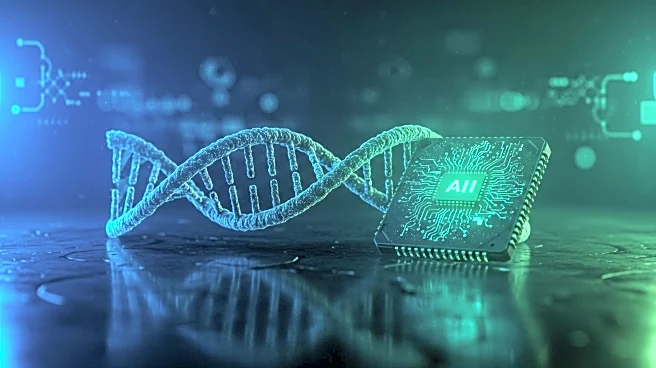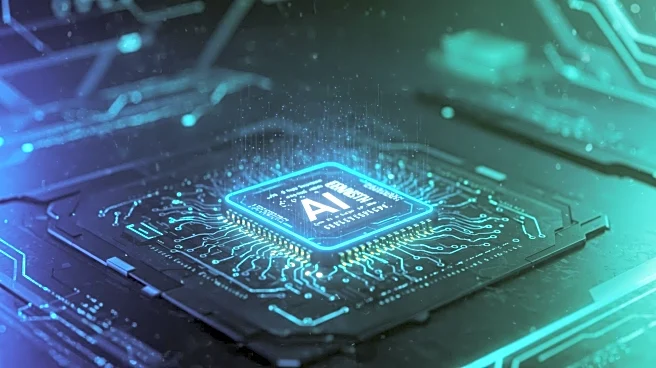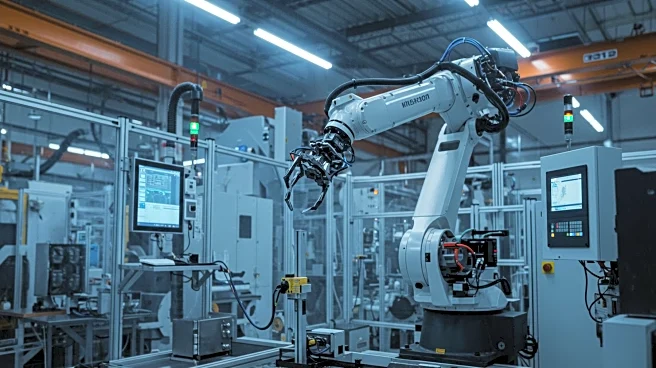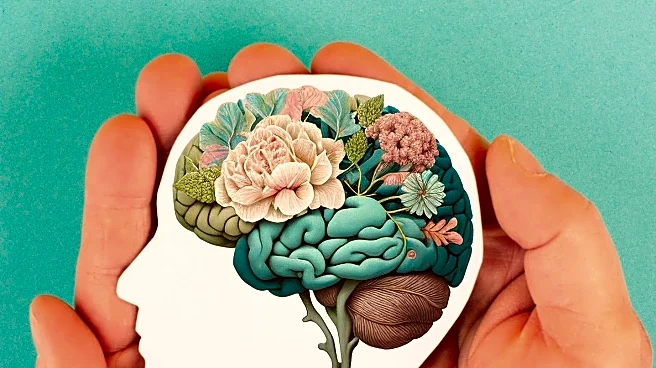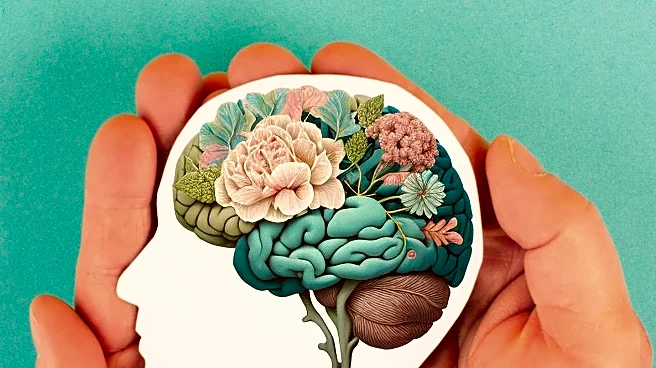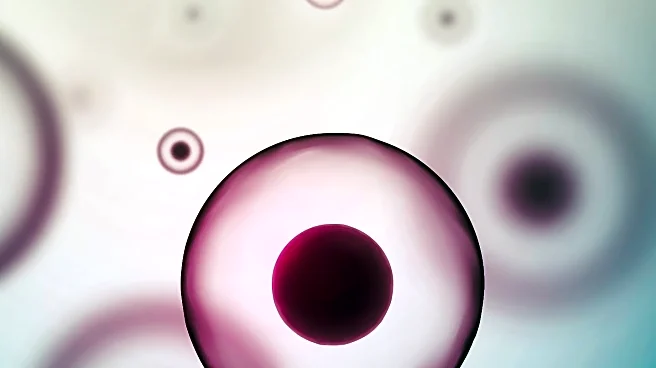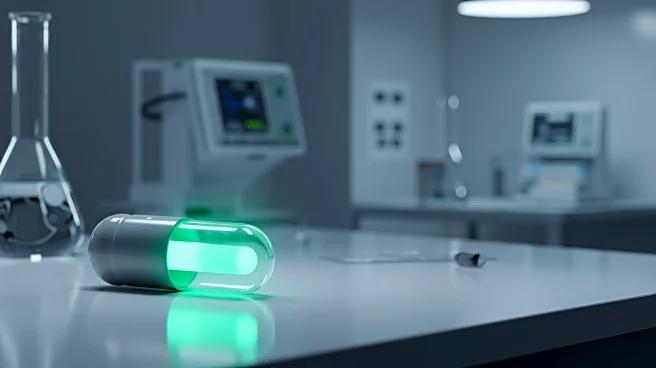What is the story about?
What's Happening?
A team of researchers has developed a novel 3D cell culture method that allows liver progenitor cells to self-organize and form vascular networks, creating functional liver organoids. This breakthrough addresses the challenge of replicating the liver's specialized vasculature, which is crucial for its metabolic and detoxification functions. The research, conducted by Science Tokyo and Cincinnati Children’s Hospital Medical Center, involved cultivating liver sinusoidal endothelial progenitors from human-induced pluripotent stem cells and using an innovative 3D culture method called inverted multilayered air-liquid interface (IMALI). The organoids demonstrated key liver metabolic functions and improved bleeding symptoms in a hemophilia A mouse model.
Why It's Important?
The development of vascularized liver organoids is significant for advancing research into liver diseases and potential regenerative therapies. These organoids could support drug discovery, disease modeling, and personalized medicine by providing a more accurate representation of human liver functions. The ability to embed organ-specific vascular structures into organoids enhances the understanding of human biology and disease, potentially leading to new treatments for coagulation disorders and end-stage liver failure. This research represents a step forward in the field of regenerative medicine and organoid technology.
What's Next?
The research team plans to evaluate the long-term stability and safety of these liver organoids. Future studies may focus on refining the organoid development process and exploring their applications in personalized medicine and drug discovery. The success of this technique could lead to further advancements in organoid technology, potentially enabling the creation of other organ-specific models for research and therapeutic purposes.
Beyond the Headlines
This development raises ethical considerations regarding the use of stem cells and organoids in medical research. The ability to create functional organ models could shift the landscape of drug testing and disease treatment, potentially reducing the need for animal testing and leading to more personalized healthcare solutions. The integration of vascular networks in organoids also opens new avenues for studying complex organ functions and interactions.
AI Generated Content
Do you find this article useful?
